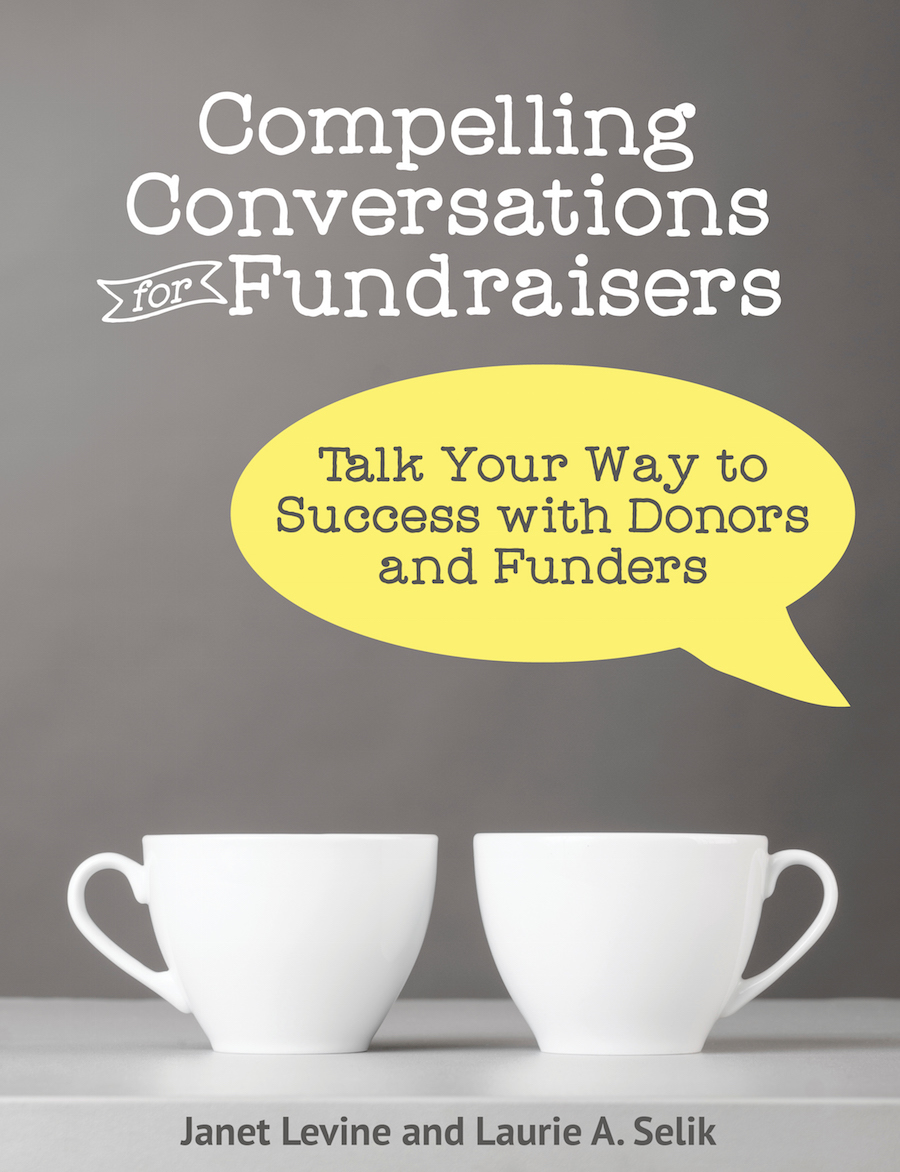Individual AND Foundation Funding Equal Success
Looking at fundraising stats from Giving USA convinces all of us that most funding for

nonprofits comes from individuals. And yet, for grassroots organizations, that simply is not true. For them, most funding comes from private foundations. To the degree that they get individual gifts it is primarily from board members and via events.
Much of the reason for this is mindset. Yes—it is the belief that an individual gift is worthless unless it is as large as a grant. “Why,” clients always ask me, “should I spend my time cultivating donors who will give me $100 when I can focus my energies on a grant that will get me $10,000?”
And there may be much truth in that—IF the $10,000 grant is as unrestricted as the $100 gift and if the grant is as sustainable as the individual’s donation could be.
The real truth is that we will get funded mostly by the places where we put our energies. Yes, it takes a lot of effort to get $10K worth of $100 gifts but personally, I would rather have a large pool of donors giving little than one funder giving a lot. If that one funder decides to move on, we are, to put it mildly, f*****. If, on the other hand, one or three of our hundreds of smaller donors chose to leave, we still have a strong base from which to grow.
Which is not to say you shouldn’t go after grants. You should. Certainly. And you should also look to individuals. And just as you should try to have a broader base of funding options, you should consider many ways to raise funds from individuals.
It is true that the closer you get to a donor—and this is as true for organizations as it is for individuals—the more likely they will be to say yes and to say yes to larger gifts. All that really means is that the further away you get from your prospects, the more of them you must ask. This has additional benefits. Think marketing. Thing public relations.
The more people know who you are and, more importantly, what it is that you accomplish, the more you find people who will care about your results. The more they care, the more they may give.
Some of those who learn about you will be on boards of (or close to those who serve on those boards) those foundations you hope to get funding from. A good word from a close friend does more than a wonderfully written grant.
The more participation you get from individuals (and that should include your clients—remember we are asking for them to join in at whatever level they can) the easier it is to convince funders that what you do is important.
Perhaps the most important litmus test for any funder is “who cares?” about the work that a particular nonprofit is doing. If they are the only ones who care, they may soon wander off to find another cause, another organization that has broader support. Showing that, indeed, your accomplishments motivate a large number of people to give what they can, will increase your grant success.
On the individual side, look to bring as many people to your cause and your organization as possible. Mega gifts are heady, but for most of us, they are merely a pipe dream that can stomp on the reality of what you can do.
People who give to you—at any level of giving—year after year after are the most important donors you can find. They are loyal and they understand the importance of your work. Reach out to them and make sure they know that they are appreciated and that their support gives you a foundation from which anything can happen.
Janet Levine works with nonprofit organizations, helping to increase their fundraising  capacity and build stronger, more committed boards. Learn more at www.janetlevineconsulting.com. While there, sign up for the free newsletter. And join with your colleagues in having compelling conversations about fundraising--and with those who will, if approached correctly--give to your organization.
capacity and build stronger, more committed boards. Learn more at www.janetlevineconsulting.com. While there, sign up for the free newsletter. And join with your colleagues in having compelling conversations about fundraising--and with those who will, if approached correctly--give to your organization.
